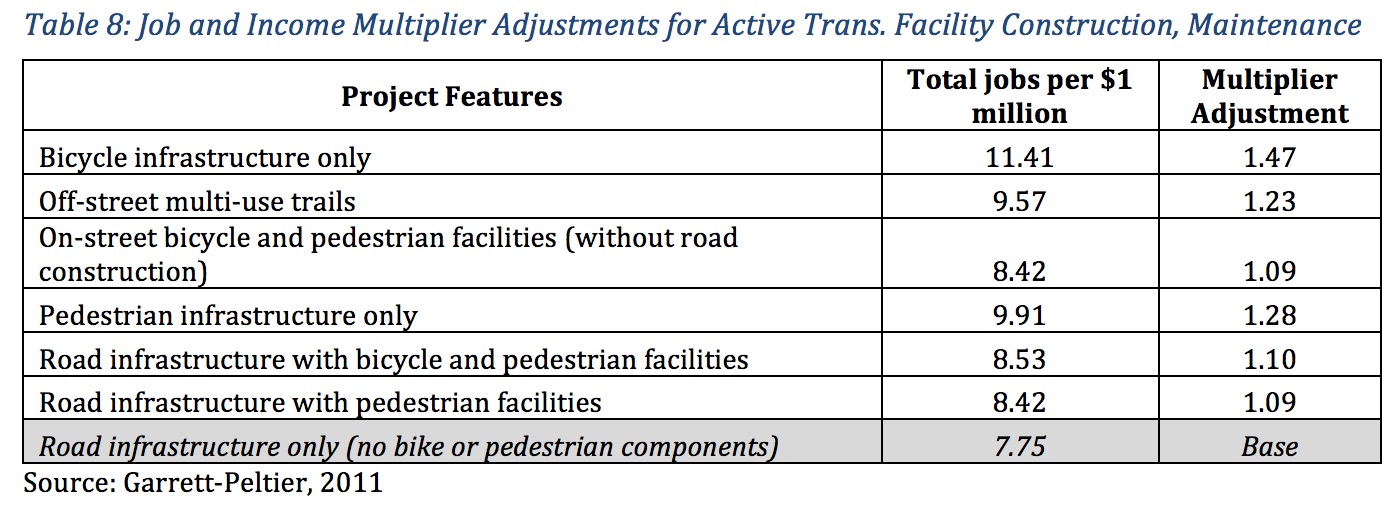
Despite the increasing popularity of walking, biking, and running in Utah, little has been done to quantify and monetize the benefits that result from active transportation facilities and active travel. Understanding the direct and induced impacts of active transportation helps elevate active travel in funding decisions and priorities. It can help governments and non-profits plan investments in healthy community infrastructure and programs. In response to this need, the Utah Transit Authority and 11 agency collaborators initiated this study to estimate the health and economic benefits of active transportation to inform policy and planning decisions.
View this complete post...











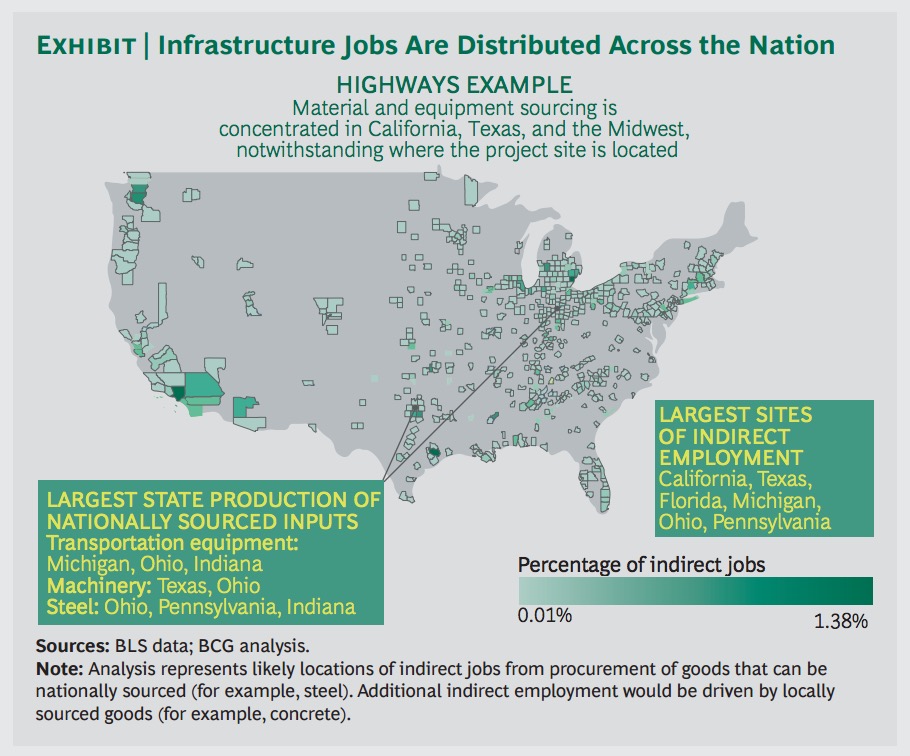

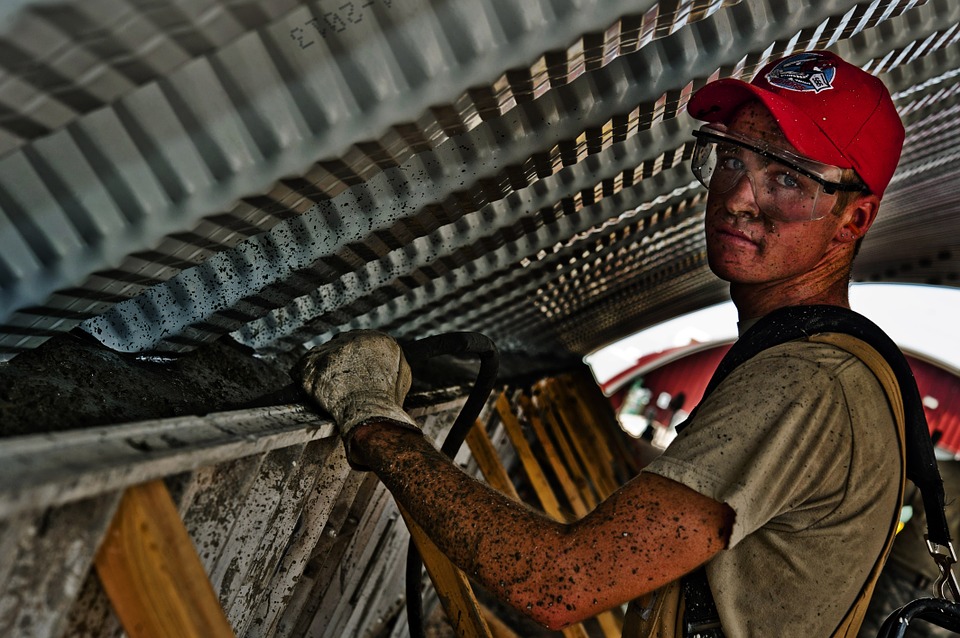

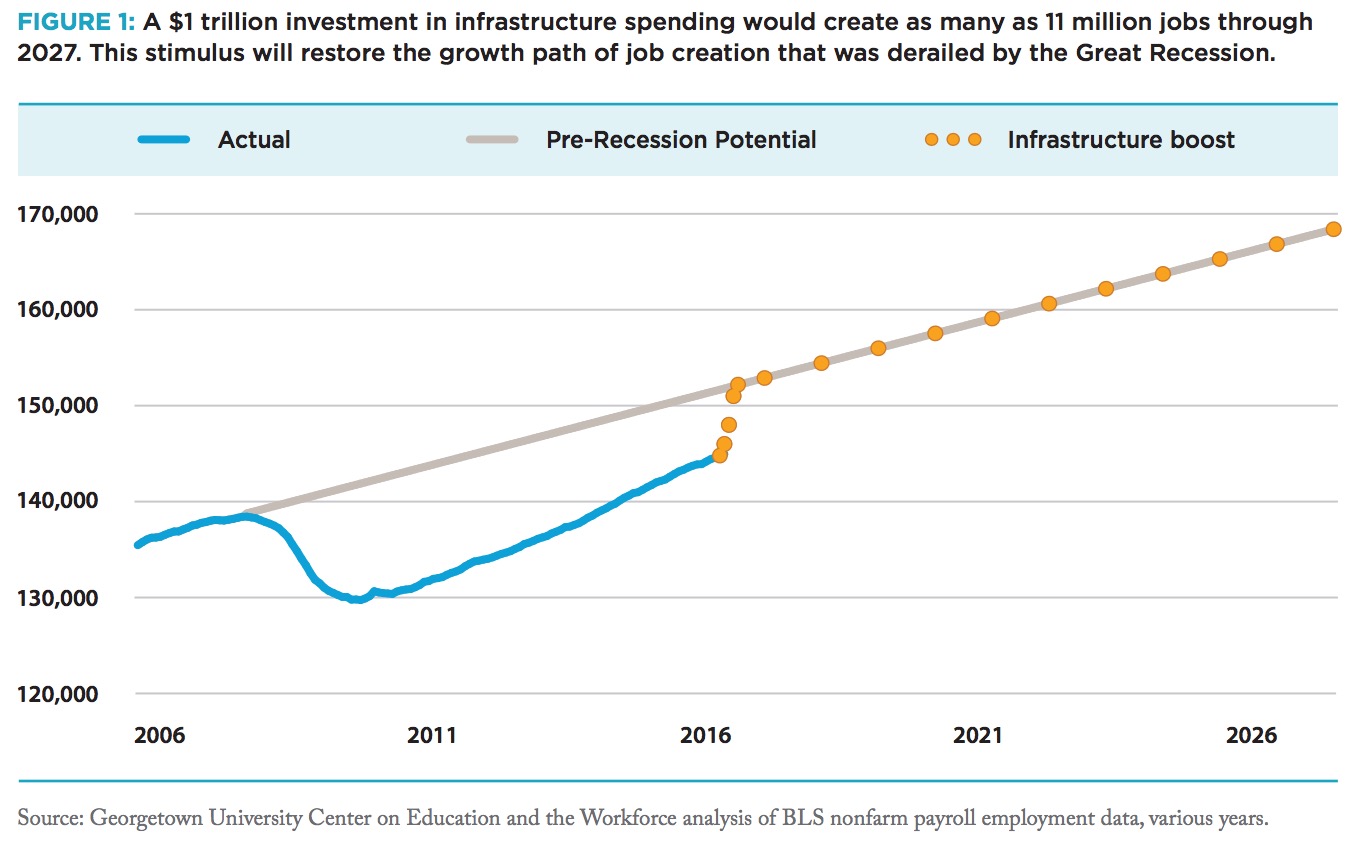
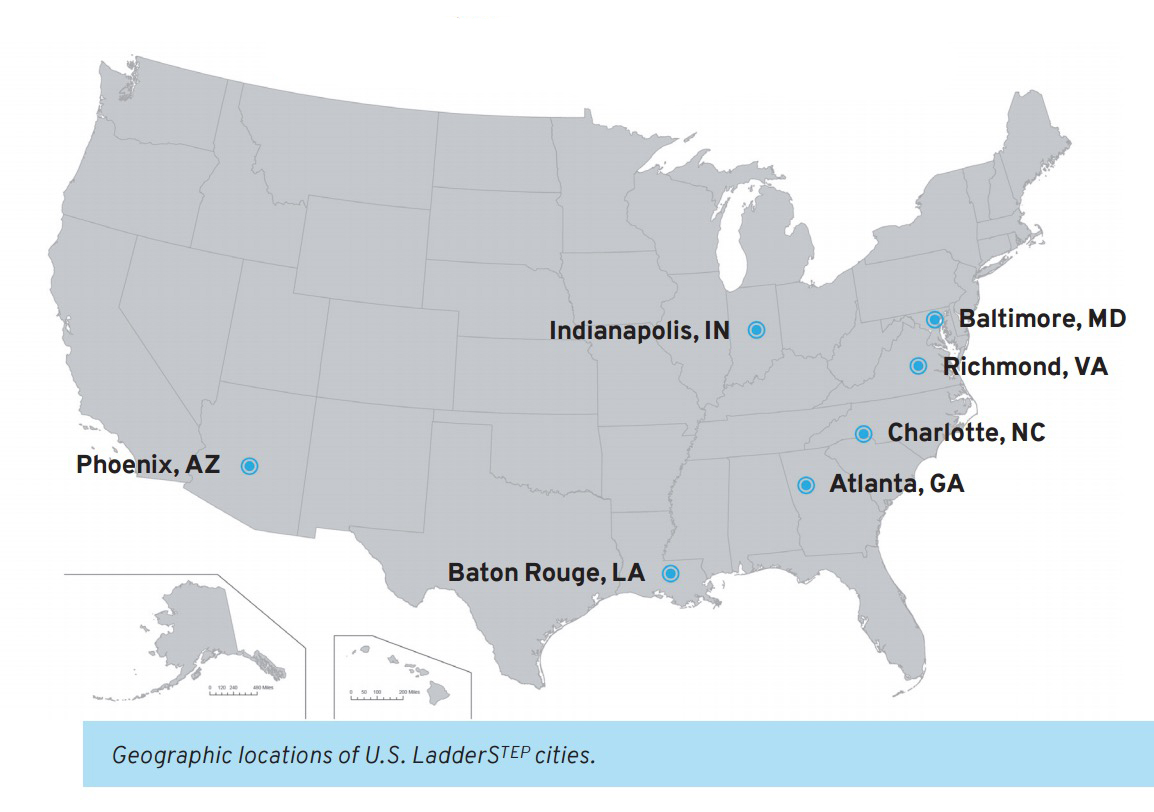
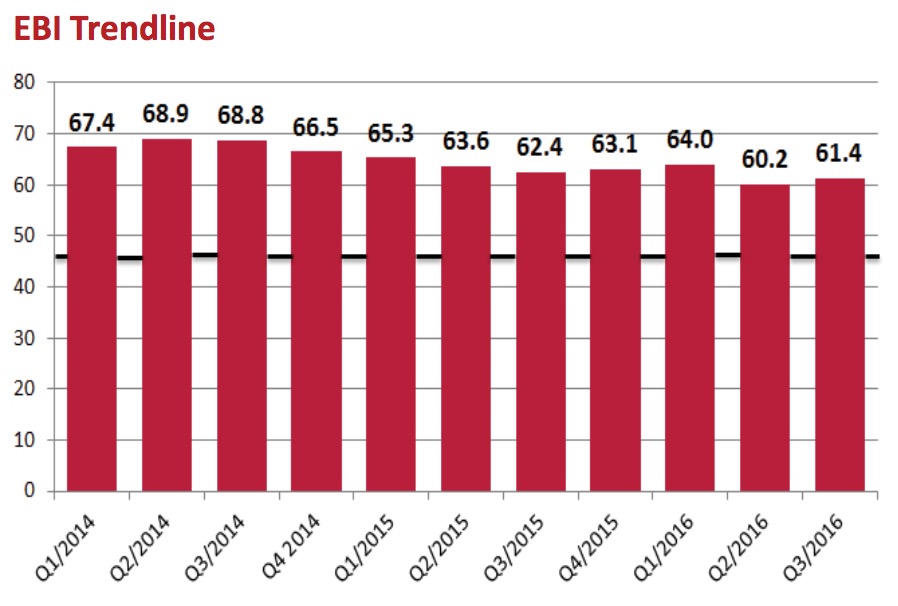
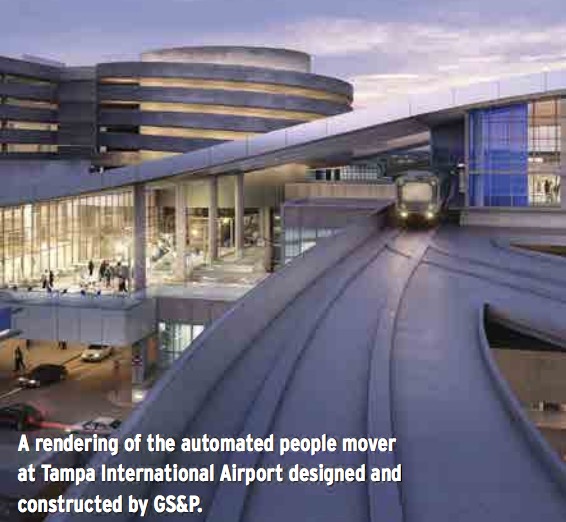
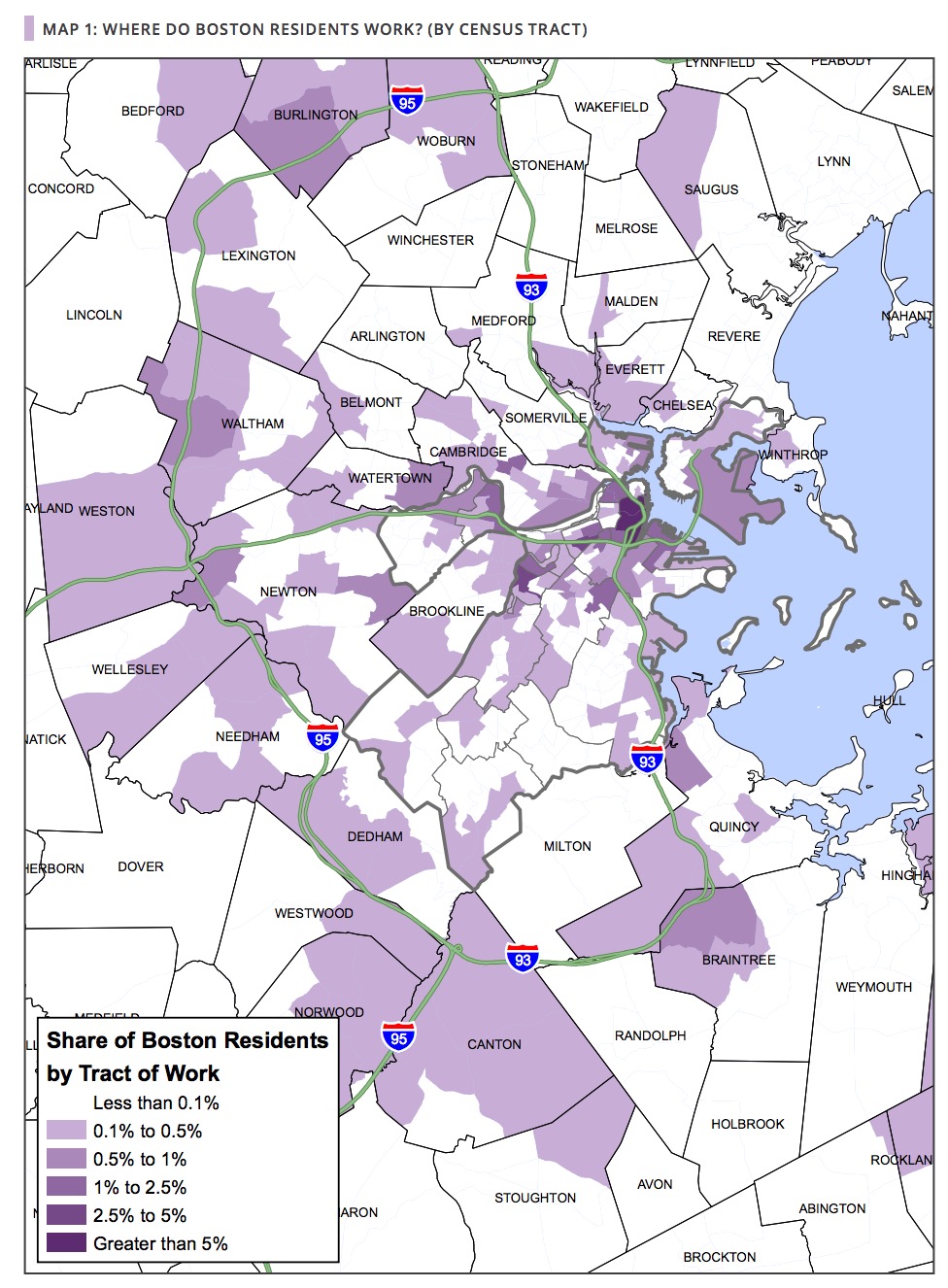

 RSS Feed
RSS Feed